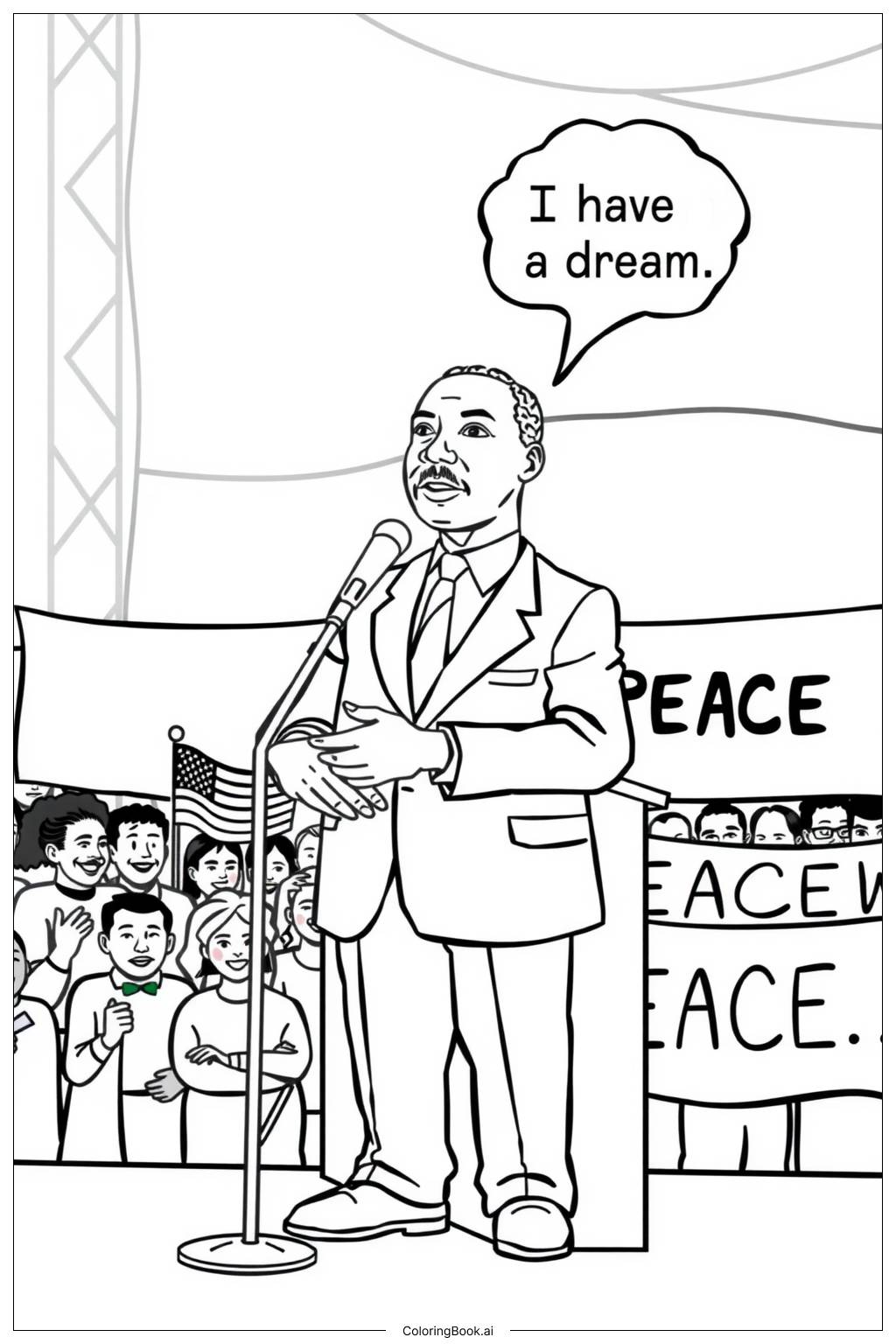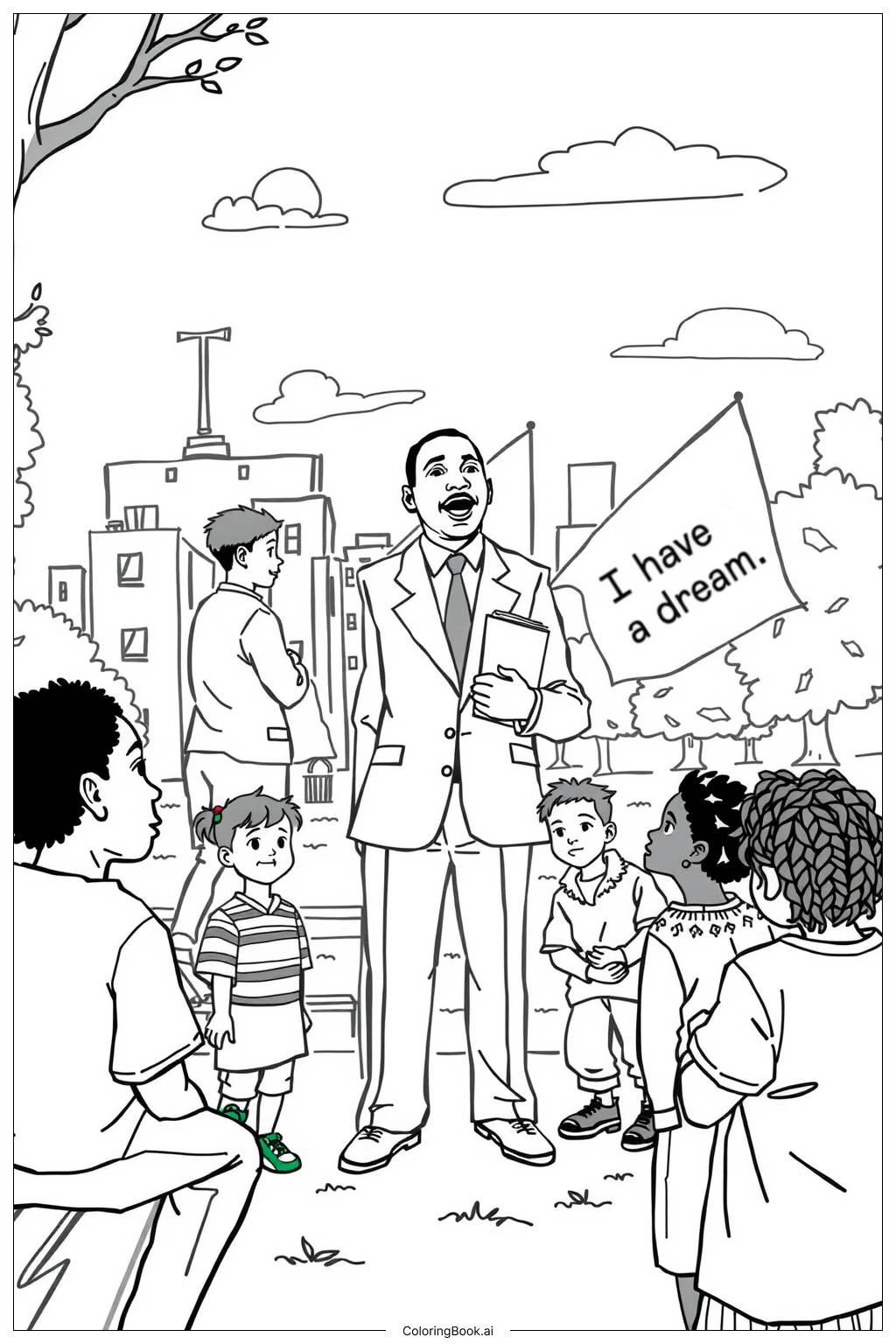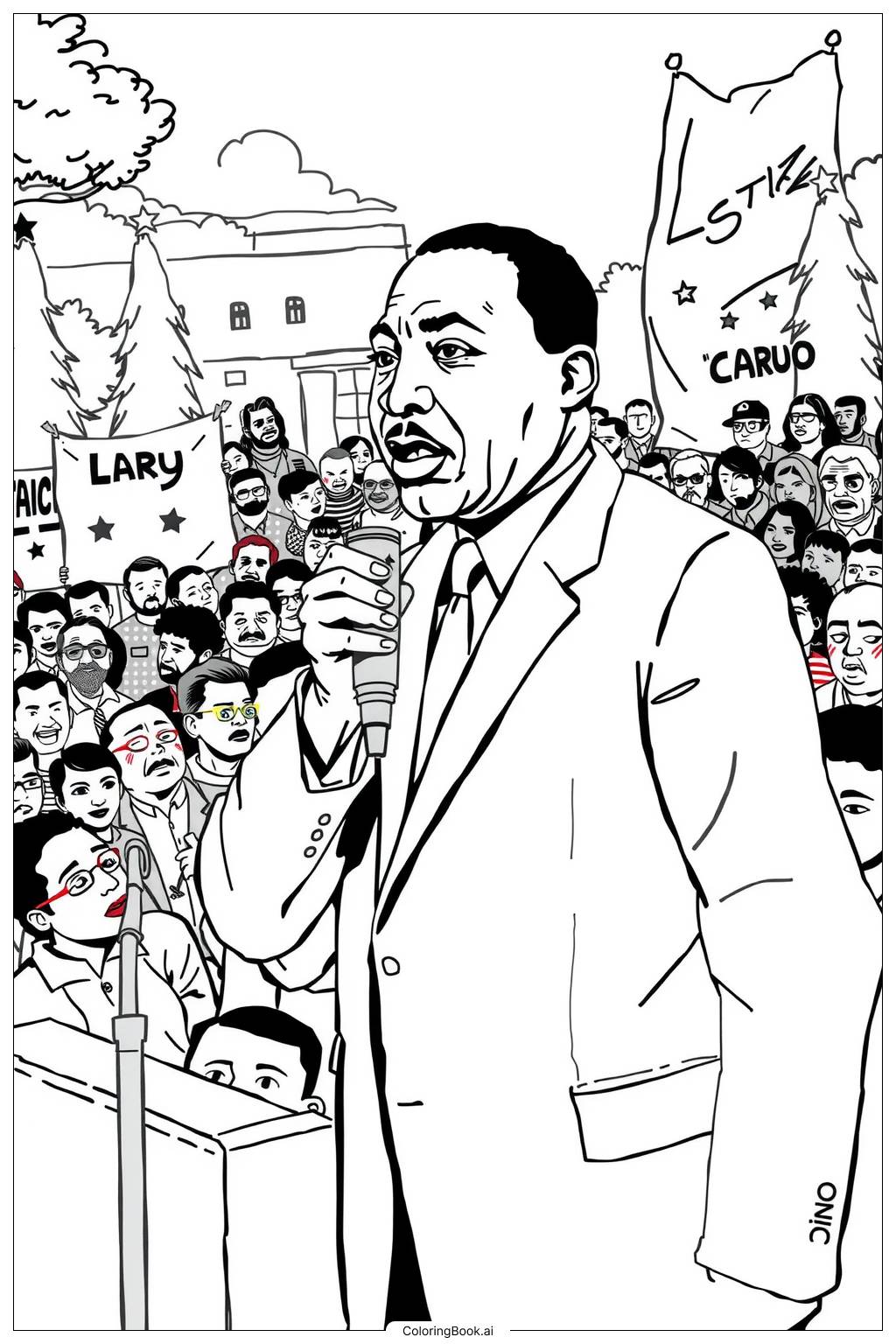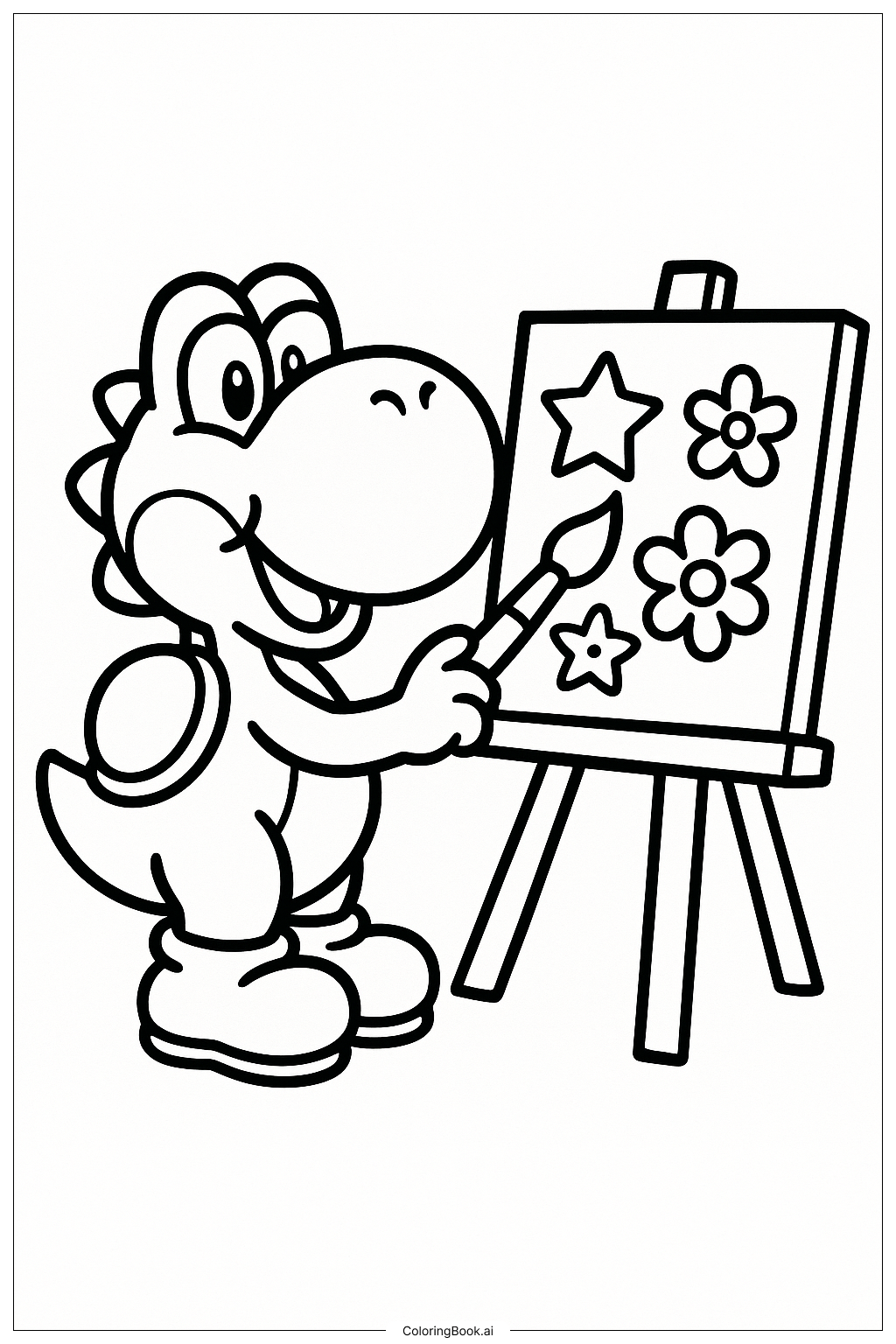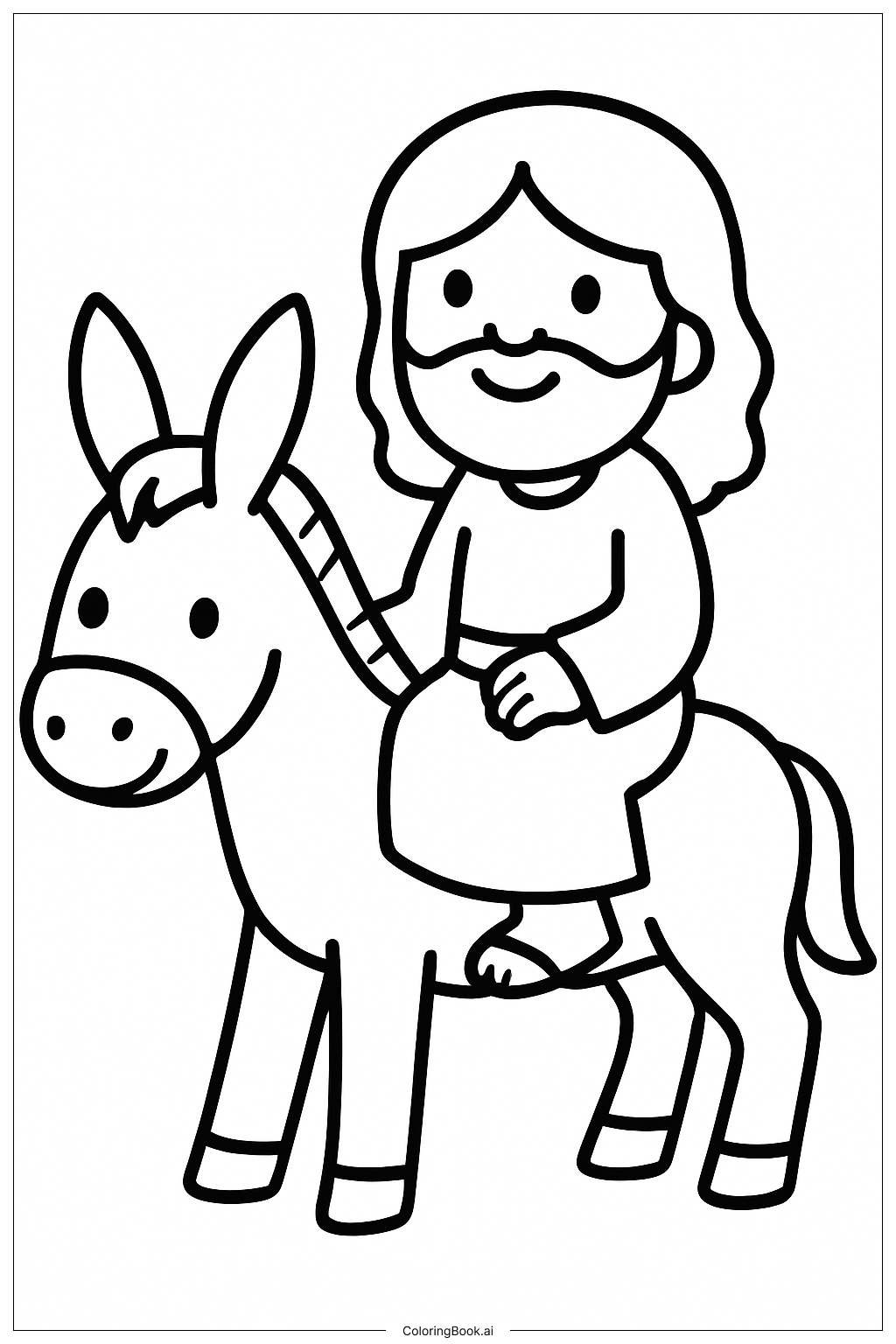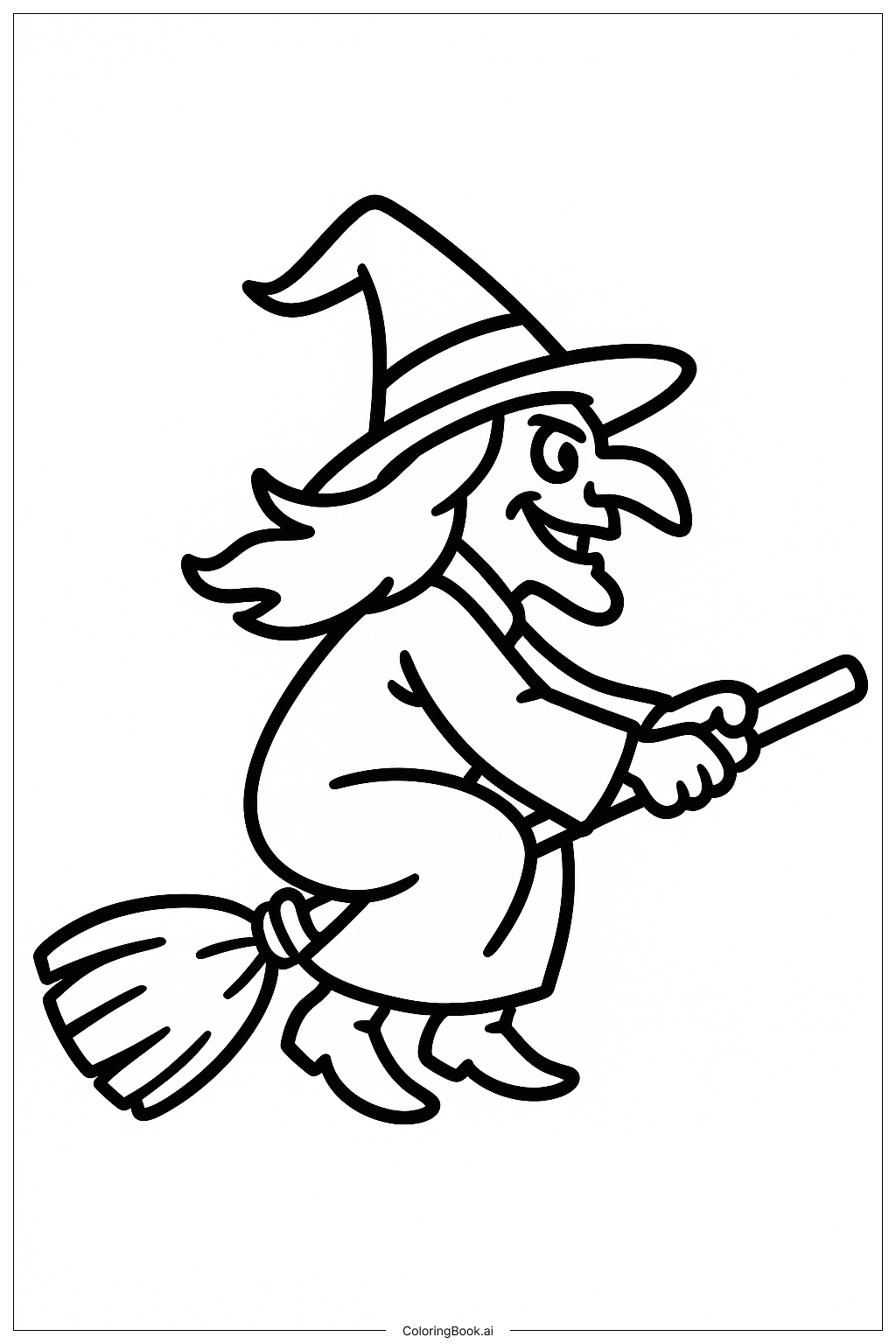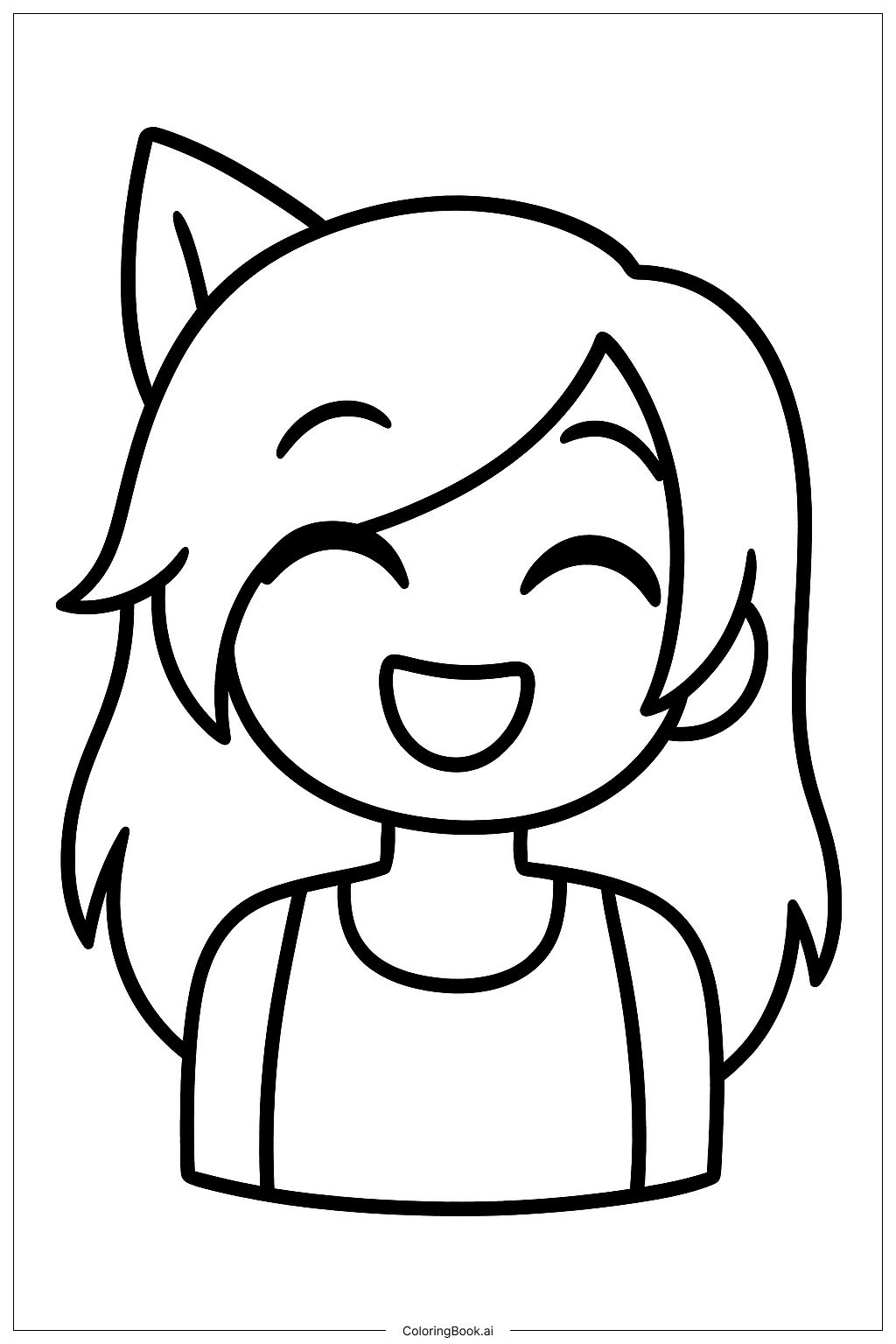Coloring tips: How to color martin luther king's Journey Through the Civil Rights Era coloring page well?
When coloring this page, consider using bold colors for the signs to make them stand out. Bright colors like yellow, red, and blue can convey the energy of the crowd. Earthy tones can be used for the buildings, creating a historical feel. You can use different skin tones for the crowd to show diversity. Also, consider a blue sky or sunset for the background to add depth. Make sure to blend colors for a smooth finish, especially for larger areas. Have fun exploring different color combinations!
Coloring challenges: Which parts are difficult to color and need attention for martin luther king's Journey Through the Civil Rights Era coloring page?
1. The crowd has many details which can be challenging to color. Each person has unique features, making it hard to decide on colors. 2. The historical building’s architectural lines may require careful coloring to maintain its structure. It can be tricky to keep the colors within the lines. 3. The raised hand is a focal point, and shading might be necessary to show depth. Finding the right shades can be difficult. 4. Balancing colors between the crowd and the background is essential to keep the image cohesive. Choosing complementary colors might be challenging for younger children. 5. It’s important to convey emotion through color choices, which can be abstract for younger artists.
Benefits of coloring books: Advantages of drawing martin luther king's Journey Through the Civil Rights Era coloring page
Coloring this page allows children to engage with an important historical theme. It helps them understand the significance of the Civil Rights Movement in a fun way. This activity promotes creativity as kids choose colors that resonate with them. It also enhances fine motor skills as they work on details. Coloring can be a relaxing activity that helps with focus and concentration. Discussing the figure's message while coloring can inspire conversations about equality and justice. Overall, this activity nourishes both artistic expression and historical awareness.


